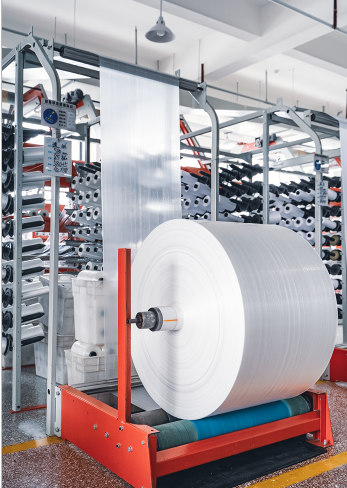
Proper grain storage is a must for maintaining the quality and shelf life of your grains. Whether locally sourced, bought in bulk, or grown at home, improper handling can cause grain spoilage.
Grains like corn, rice, wheat, and quinoa can last for years given that they are stored in the right conditions.
This guide will help you understand the basics of grain storage, including vital tips and some of the most common questions about long-term grain storage.
Grains can last anywhere from a few months to over a decade when stored properly.
However, their shelf life depends on several factors such as:
For instance, hard grains like corn and wheat can last 10 to 12 years in ideal conditions.
Meanwhile, softer grains like quinoa can last up to 8 years.
Grains are susceptible to spoilage and mold — storing them in a corner isn’t really enough. Here are some crucial tips for storing your grains properly.
The first rule of thumb in storing your grains is to ensure you keep the ones with top quality.
There is no sense in storing damaged or low-quality grain — they will spoil anyway and can potentially affect the good ones.
So, better sort your grains properly to prevent them from becoming unedible.
Freshly harvested grains contain more water and moisture than dried ones. This results in microbial contamination when stored immediately.
According to the International Rice Research Institute (IRRI), moisture content should be lower the longer you store grains.
If you store your grains for a few weeks to a few months, the moisture content must not be lower than 14%.
Storing your grains for longer periods must meet the moisture content of no more than 9%.
Trivia: Grain drying has been an agricultural tradition around the world to preserve food, especially during the wet season.
According to a study, light can change the quality of grain, especially rice:
“The differences in light quality may affect photosynthesis in leaves and final starch synthesis, resulting in increased chalky grain rate, chalkiness, and poor rice quality.”
When storing grains, it is strongly recommended to keep them in the dark.
That’s because exposure to sunlight can cause an enzymatic fermentation and breakdown of grain starch.
Even if your grains are dry when they go into storage, moisture can build up over time due to humidity or improper sealing.
Regularly check your grain storage bins and grain storage bags for signs of moisture.
Using desiccants or oxygen absorbers can help maintain a dry environment inside food storage containers for long-term use.
Leveling your grains within their storage containers ensures better air circulation and even moisture distribution.
This is especially important when using large storage bins or grain bags.
A level surface prevents pockets of moisture from developing, which can lead to mold growth or spoilage.
Bulk grain storage bags are a popular option for storing large quantities of grain.
These bags are typically made from materials that resist pests and moisture, and they come in various sizes. Ensure your bulk bags are clean and pest-free before use.
Opt for high-quality materials designed for long-term storage to protect your grains from external elements.
Pests like rodents and insects can wreak havoc on your stored grains.
Make sure your storage area is secure from pests by sealing off any potential entry points and regularly checking your containers for signs of infestation.
You can also use food-safe pesticides or natural repellents to keep pests at bay.
The best storage for grains depends on the quantity and type of grain you are storing.
For small quantities, airtight food storage containers are ideal for keeping out moisture and pests.
For larger quantities, storage bins for grain or bulk grain bags are more practical.
Containers like FIBC bags and food-grade buckets with oxygen absorbers provide extra protection by minimizing exposure to air, light, and moisture.
The most common method to preserve grains is drying them to a low moisture level and storing them in airtight containers.
For large-scale grain preservation, silos with temperature control and moisture monitoring systems are commonly used.
Smaller-scale methods include using FIBC or BOPP bags, vacuum sealing, and bulk storage containers, all of which protect against environmental factors that could cause the grains to spoil.
Different grains have different storage requirements, but the general principles of keeping grains dry, cool, and away from light apply to all.
| Corn | Corn can last up to 12 years if dried properly and stored in a cool, dry place. |
| Wheat | Wheat berries last longer than ground flour, with a shelf life of up to 10 years in airtight containers. |
| Rice | Rice should be stored in paddy form when possible, as the husk helps protect the grain from pests. Brown rice, however, has a shorter shelf life due to its higher oil content. |
| Quinoa | Quinoa can be stored for up to 8 years if kept in airtight containers and stored in a cool, dry place. It is sensitive to moisture, so regular checks are essential. |




